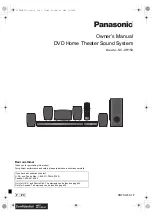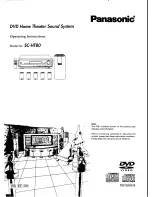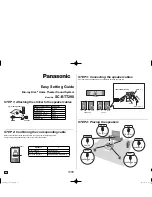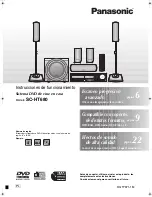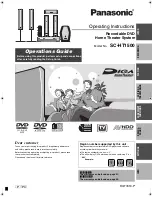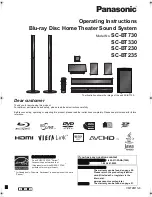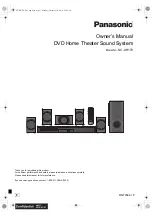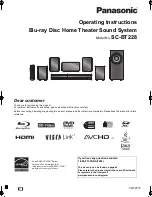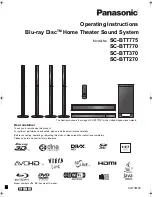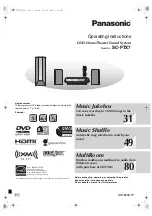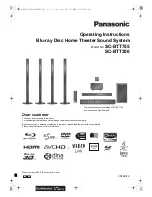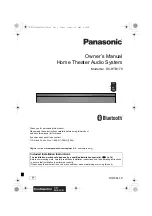
AFW RO System Manual
[6]
Revised 9/09
©Abundant Flow Water System, Inc. 2009
help alleviate it. Please note, pushing the drain line in farther than normal requires a good amount
of force, as you are forcing the tubing past the typical stopping point. If doing so, please use
caution to prevent any injuries.
To install:
1.
The drain saddle should be installed above the “P”
trap and on the vertical or horizontal tailpiece (see
figure 3). A horizontal location is ideal, as it is more
likely the waste water will be heard if installed on a
vertical pipe.
2.
The hole position on the pipe should be marked and
drilled with a 1/4" bit. If using a horizontal pipe,
ensure the hole is made on the top of the pipe, so
that standing water in the pipe will not leak into the
drain saddle.
NOTE:
Drill through one side of the pipe only!
3.
Take the backing off of the rubber seal, center over the hole just
drilled, and stick in place.
4.
Position the half of the drain saddle with the fitting (the fitting
half) over the hole in the drain pipe, then position the other half (the back half) of the drain
saddle on the opposite side of the drain. Place one of the bolts through the fitting half through
the back half and loosely thread the nut onto it. Repeat on the other side. Position the fitting on
the fitting half of the saddle over the drilled hole and seal, and evenly tighten both nuts, being
careful not to over tighten. Once your system is set up, the drain line will connect to the drain
saddle (Figure 4).
Connecting the system:
Once the faucet is installed, the tank is in place, the feed water adapter is in place, the drain
saddle is positioned, and the system location had been determined, the system is ready to be
hooked up. To make future filter changes easier, we recommend positioning the system in a
location where filters can be changed, (such as in front of the kitchen cabinet if installing under the
kitchen sink) and hooking the system up there, simply wrapping the extra tubing up and putting
the system away during normal use. This will allow you to pull the system out to change filters and
will save time since the system will not have to be unhooked.
Using the following pictures and descriptions and the color coded tubing to make the connections
to the system.
Note:
The pictures show blue plugs to make the connection easier to see, your
system should have color coded tubing inserted in them.
Please Note:
Pictures are for reference only, actual fitting design and location may vary. The
connection is described and color coded tubing is used to make things as easy as possible. If still
unsure, feel free to contact us for assistance.
























